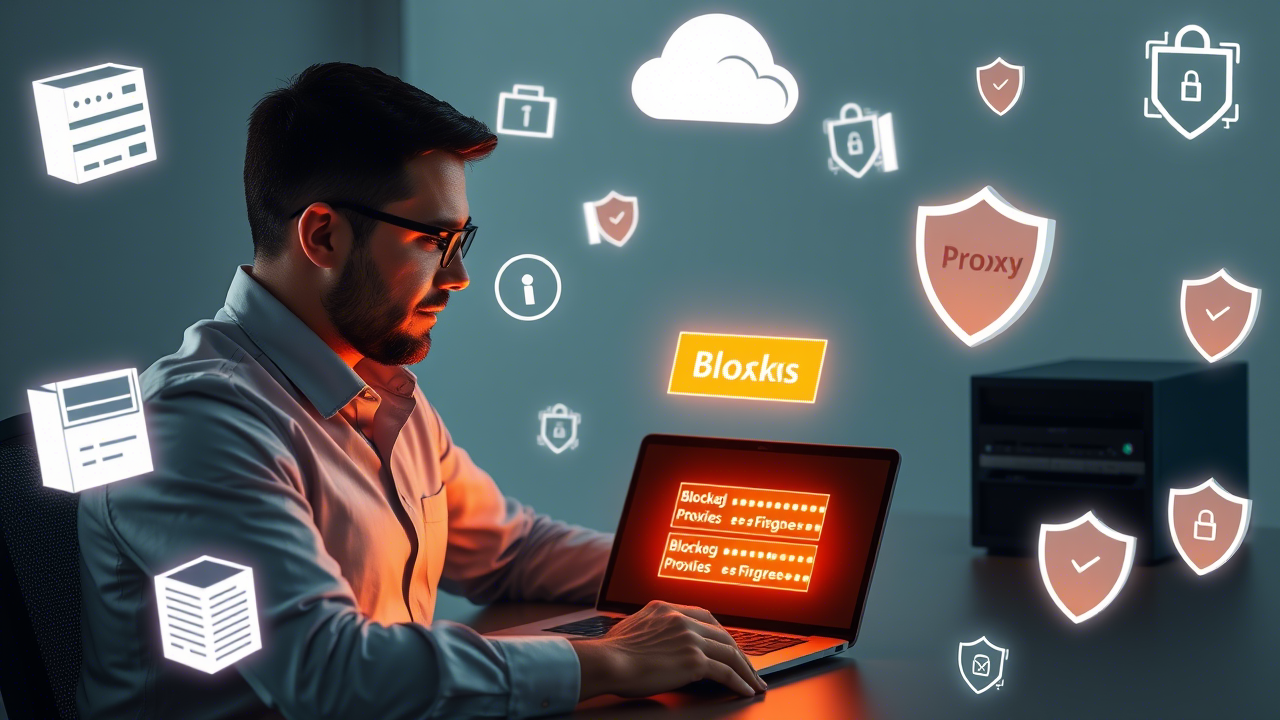IPv4 to IPv6 Converter
Convert IPv4 addresses to IPv6 format with advanced features and real-time validation
Conversion Result:
Real-time Validation
Instant feedback on input validity with detailed error messages
Multiple Formats
Support for various IPv6 notation formats (compressed and expanded)
Dark Mode
Toggle between light and dark themes for comfortable viewing
Copy to Clipboard
One-click copy functionality for converted addresses
Conversion History
Track your recent conversions for quick reference
Responsive Design
Works seamlessly across all devices and screen sizes
Recent Conversions
The IPv4 to IPv6 Converter: A Simple Guide for Students
Imagine you’re sending a letter to a friend, but their address format has changed. Your old address book uses a four-part system, like “123.45.67.89,” but now addresses need a longer, different format, like “2001:0db8:85a3:0000:0000:8a2e:0370:7334.” This is exactly what’s happening with the internet as it switches from IPv4 to IPv6. An IPv4 to IPv6 converter helps make this transition smooth. Let’s break it down in a way that’s easy to understand, with examples to show how it works.
What Are IPv4 and IPv6?
Every device connected to the internet needs a unique address, like a house number, so data knows where to go. These addresses are called IP addresses. IPv4, or Internet Protocol version 4, is the old system. It uses four numbers separated by dots, like “192.168.0.1.” Each number ranges from 0 to 255, which seems like a lot, but we’re running out of these addresses because so many devices—like phones, laptops, and even smart fridges—connect to the internet now.
IPv6, or Internet Protocol version 6, is the new system. It uses eight groups of numbers and letters separated by colons, like “2001:0db8:85a3:0000:0000:8a2e:0370:7334.” This format allows way more addresses, so we won’t run out anytime soon. IPv6 also makes the internet faster and more secure, which is awesome for gaming, streaming, or browsing.
Why Do We Need a Converter?
Not all devices and networks use IPv6 yet. Some still rely on IPv4, so we need a way to translate between them. That’s where an IPv4 to IPv6 converter comes in. It’s like a translator who speaks both languages, helping old and new systems talk to each other. Without it, a device using IPv4 might not connect to one using IPv6, causing errors or dropped connections.
Think of it like using a walkie-talkie and a smartphone. They’re both for communication, but they work differently. A converter bridges that gap, letting them share messages.
How Does an IPv4 to IPv6 Converter Work?
An IPv4 to IPv6 converter takes an IPv4 address and maps it to an IPv6 format. One common way is called “IPv4-mapped IPv6 addresses.” Here’s how it looks:
- An IPv4 address like “192.168.0.1” becomes an IPv6 address like “::ffff:192.168.0.1.”
- The “::ffff” part tells the system it’s an IPv4 address dressed up as IPv6.
This conversion happens automatically in many routers or software, so you don’t have to do it manually. For example, when you visit a website, your router might use a converter to connect your IPv4 device to an IPv6 server without you noticing.
Real-Life Examples
Let’s say you’re playing an online game with friends. Your console uses IPv4, but the game server runs on IPv6. Without a converter, you’d get an error message and couldn’t play. The IPv4 to IPv6 converter in the network translates your console’s address, so you can join the game seamlessly.
Or imagine you’re setting up a smart home device, like a security camera. If your home network is IPv4 but the camera uses IPv6, the converter ensures they work together, letting you check the camera feed from your phone.
Tips for Using IPv4 to IPv6 Converters
- Check Your Router: Most modern routers have built-in converters. Look in the settings for terms like “IPv6 support” or “dual-stack.”
- Use Online Tools: Websites like ipv6-test.com offer free converters to test addresses. Just type in an IPv4 address, and it spits out the IPv6 version.
- Update Your Devices: Ensure your phone, computer, or gaming console supports IPv6. Check for software updates in the settings.
- Learn the Basics: Understanding addresses like “192.168.0.1” or “2001:0db8::” helps you troubleshoot connection issues.
- Ask for Help: If your internet isn’t working, contact your provider. They can check if IPv6 is enabled or if a converter is needed.
Why Should You Care?
As more websites, games, and devices switch to IPv6, knowing about converters helps you stay connected. It’s like learning to use a new app—it might seem tricky at first, but it makes life easier. Plus, IPv6 is faster and safer, so the sooner we all switch, the better the internet gets.
The Future of the Internet
The internet is growing fast, and IPv4 can’t keep up. IPv6 is the future, but the transition takes time. IPv4 to IPv6 converters are like training wheels, helping us move forward without falling. Soon, most devices will use IPv6 natively, and converters will be less common. Until then, they’re super important for keeping the internet running smoothly.
So, next time you’re streaming a show or gaming online, think about the IPv4 to IPv6 converter working behind the scenes. It’s quietly making sure your devices play nice together, keeping you connected to the digital world!

i want to write a author box bio, my site based on ppmcalculator.com. provide me a short Biographical Info
2/2
